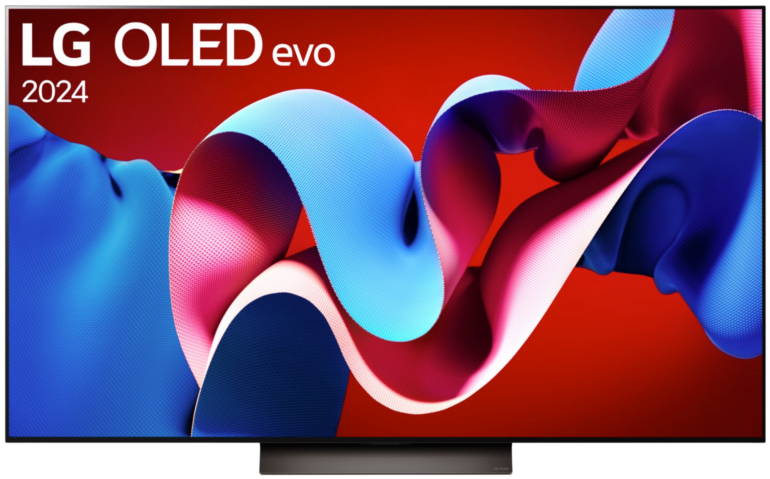Dolby Atmos
The label Dolby Atmos refers to a sound format created by Dolby Laboratories that is widely used today for generating three-dimensional surround sound. In addition to compatible TVs, AV receivers and soundbars, this audio standard is also increasingly making its way onto Blu-rays and streaming platforms like Netflix or Prime Video. The direct competitor standard is DTS:X by Digital Theater Systems.
Native 3D sound with Dolby Atmos
Unlike conventional 5.1 or 7.1 surround sound systems, which have center speakers, satellite speakers and subwoofers, Dolby Atmos enables a three-dimensional sound experience by adding the factor of height to the sound image.
The speakers can either be embedded directly in the ceiling or send the required audio directly to the ceiling via sound reflection using so-called up-firing speakers. An additional sound layer is created by this, which makes noises like the flapping of a helicopter’s rotor blades or the chirping of birds sound more positionally accurate and thus even more realistic.
Technical basis
Technically, Dolby Atmos works with a combination of object-based and channel-based audio. While the latter has a fixed channel assignment, an object is placed in the correct position based on meta data and the signal is calculated using a mixer.
Disadvantages: Rather expensive audio technology that requires special hardware. Real-time calculation is computing-intensive. Furthermore, quality depends on the degree to which the producer system matches the playback setup used locally.
- Audio
- Codecs
- Companies
- Features
- Ports
- Technical Terms
- Connectivity
- Misc
- Smart-Features
- Video
- Image Errors
- Image Formats
- Image Function
- Ports
- Technical Terms
- 4K
- 4K@120 Hertz
- Aspect ratio
- Backlight
- Banding
- Bit
- Black level
- Brightness
- Calibration
- Candela
- Color resolution
- Color space
- Color space coverage
- Color temperature
- Color volume
- Contrast
- Curved
- Filmmaker
- Flat
- Full HD
- Gamma
- Gamut
- HD Ready
- Home theater
- Image format
- Image synchronization
- Input Lag
- ISF
- Luminance
- Motion Handling
- Native resolution
- Netflix Calibrated
- Pixel
- Pixel density
- QFT
- QHD
- Raytracing
- Rec.2020
- Refresh rate
- Resolution
- Response Time
- Smart-TV
- UHD
- UHD-2
- VR
- White balance
- WQHD
- TV Tech


